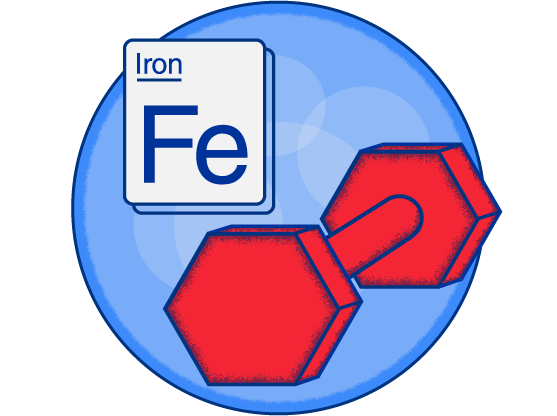This RLS Blog contains a LOT of information about Restless Legs Syndrome, covering a wide spectrum of different areas and aspects.
Because of that, a casual passerby at 4am that’s just trying to find a solution for their wonky legs may be overwhelmed or frustrated as they have to dig through information on epigenetics, glutamate, histamine etc. in order to find out what this “CURE” is all about.
For that reason I have created this post which I will LOCK into the first position on the blog so that this overview of “An Absolute Cure for RLS” will always be visible to newcomers.
Throughout our early history the majority of the world’s population considered the earth to be flat. That was a normal way to think.
If you were to shout out that the world was ROUND back then, you would have probably been pelted with rotten vegetables.
You would have been called a NUT … a person DESPERATE for attention.
And then things changed.
In the early 16th century, Ferdinand Magellan proved to the Western World, that without a doubt, the world was in fact ROUND.
A new awareness was created.
But there were MANY before him that had the same knowledge. Ferdinand Magellan was simply part of a lineage of belief.
Despite the fact that most of the 300 million inhabitants of the planet in the early 1600’s believed the world to be flat, and but a small handful of astronomer-types believed it to be round, the truth was never altered. Not for a second. It was ALWAYS waiting there to be discovered.
A belief never has nor ever will alter the truth. The number of people supporting the belief does not matter.
Please understand, I’m not saying that I’m ANYTHING like Ferdinand Magellan. He had more courage in his baby toe than I have in my entire body.
But, despite my foibles, I have also stumbled upon a truth. And despite what anyone says, regardless of their intelligence, their degrees, their stature or whatever opinion they may have, there is NOTHING on earth that is going to change this simple truth that I have stumbled upon.
The simple truth is this basic formula.
LESS INFLAMMATION = LESS RESTLESS LEGS
Regardless of what your reaction may be to me, my views, or natural remedies in general … this truth that I am presenting to you is NEVER going to change.
 AN ABSOLUTE CURE FOR RESTLESS LEGS SYNDROME (RLS)
AN ABSOLUTE CURE FOR RESTLESS LEGS SYNDROME (RLS)
PROLOGUE
There is NO case of RLS that is beyond repair.
But please note … it is a PROCESS of RECOVERY. There is no magic pill.
You are exchanging your inflammatory diet and lifestyle (removing whatever it is in your life that is causing the inflammation in your body) for an anti-inflammatory diet and lifestyle.
As you can imagine, many sacrifices will need to be made. Some will be drastic. For starters you need to cut down on inflammatory items such as sugar, alcohol, refined flours, caffeine and dairy.
It may seem impossible, but if you move in this healthy direction, I can assure you that the sacrifices you make will pay off.
 I had horrible RLS for 23 years. I am now living a life I could have only dreamed of a few years ago. Words cannot express how grateful and relieved I am to have normal healthy legs and regular sleeping habits.
I had horrible RLS for 23 years. I am now living a life I could have only dreamed of a few years ago. Words cannot express how grateful and relieved I am to have normal healthy legs and regular sleeping habits.
Something I learned from my own experience is that the MORE effort you put into your recovery, the FASTER you will heal.
If the only change you’re willing to make is to buy some magnesium or cut down on your sugar intake, then your recovery will be SLOW.
If you follow the advice given on this website, and go at your recovery with EVERYTHING you have … you will be rewarded for your efforts!
 STEP ONE: STOP CONSUMING INFLAMMATORY FOODS AND BEVERAGES
STEP ONE: STOP CONSUMING INFLAMMATORY FOODS AND BEVERAGES
If a fire breaks out in your kitchen, the first thing you need to do in order to save your house is to put out the fire!
It’s pretty basic logic. You can worry about the smoke damage, your melted toaster, the ruined curtains and whether or not your insurance covers the damage … after the fact.
But until you put that fire out, nothing else matters.
You must take the same approach when taking on your RLS. You must first PUT OUT the fire that is causing your restless legs.
Nothing else matters. You can switch medications all you want … but until you shift your WILL, and make a CONSCIOUS decision to stop eating and drinking the inflamatory substances that are ADDING TO YOUR INFLAMMATION … NOTHING is going to change!
 STEP TWO: HEALING THE CHRONIC INFLAMMATION THAT IS CAUSING YOUR RLS
STEP TWO: HEALING THE CHRONIC INFLAMMATION THAT IS CAUSING YOUR RLS
Look at each supplement below as a different firefighter with a firehose. The best way you can attack the inflammation is from ALL angles with as many firefighters as you can round up. This will speed up the healing process immeasurably.
Again, it’s crucial … absolutely essential that you begin to watch your diet. You need to at least pull back a bit from your regular intake of the most common RLS triggers (caffeine, gluten, aspartame, sugar, dairy, salt, MSG, red meat and alcohol).
Taking the supplements while you continue to consume a diet FULL of RLS triggers, is like spraying TWO hoses on the fire – one hose pouring WATER on the fire and the other hose pouring GASOLINE on the fire.
Little progress will be made, if any.
 YOUR DAILY INTAKE OF SUPPLEMENTS, VITAMINS, MINERALS and HERBS
YOUR DAILY INTAKE OF SUPPLEMENTS, VITAMINS, MINERALS and HERBS
Supplements are often expensive. With that in mind I have created a “BASIC GROUP” of supplements that should be affordable for most people.
For those with a wider budget, I have a list of additional supplements that you can pick and choose from.
www.rlcure.com/daily-intake-for-an-absolute-cure-for-restless-legs-syndrome.html
Keep in mind that the supplements listed below are addressing THREE main areas.
1. It is certain that you have chronic inflammation. This will be lessened.
2. It is very likely that you have higher than normal histamine levels, which contributes to a racing mind and sleepless nights. This will be lowered.
3. It is very likely that you have higher than normal glutamate levels, which also contributes to a racing mind and sleepless nights. This will be lowered.
Calcium + Magnesium “CalMag” (anti-inflammatory, natural antihistamine, lowers glutamate level)
Magnesium (Mg) is a co-factor in several hundred enzymatic reactions in the human body. Magnesium reduces histamine release. Magnesium plays a direct role in lowering common inflammatory markers.
Carrot Juice (anti-inflammatory)
Carrots are perhaps best known for their rich supply of the antioxidant nutrient that was actually named for them: beta-carotene. However, these delicious root vegetables are the source not only of beta-carotene, but also of a wide variety of antioxidants and other health-supporting nutrients.
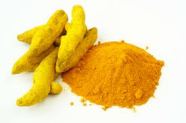 Curcumin (anti-inflammatory, natural antihistamine)
Curcumin (anti-inflammatory, natural antihistamine)
A component of the popular Indian curry spice turmeric, Curcumin is considered a potent non-steroidal, anti-inflammatory. Curcumin has been shown to be as effective as cortisone and phenylbutazone in decreasing inflammation. It also works in several ways to decrease inflammation by reducing prostaglandin activity.
Grape Seed Extract (anti-inflammatory, natural antihistamine, lowers glutamate level)
Grape Seed Extract is one of the most potent antioxidants known; over 50 times more potent than Vitamin E or C. It acts as a natural antihistamine and anti-inflammatory. The main active component is its high content of proanthocyanidin (OPC or PCO). Proanthocyanidin is found in red, white, and purple grapes, blueberries, cherries and plums.
Iron (anti-inflammatory)
Iron is an essential mineral whose main function is to help carry oxygen from the lungs to the muscles and other organs. Iron deficiency is more common than many think. It is estimated that only 65-70% of all Americans meet their daily recommended intake.
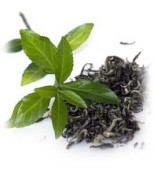 L-Theanine (lowers glutamate level)
L-Theanine (lowers glutamate level)
L-Theanine is thought to be the key to tea’s subtle but calming effects despite the caffeine content in tea. L-Theanine is thought to counter the stimulating effects of caffeine by increasing the production of alpha brain waves. Alpha waves are associated with a state of deep relaxation while being mentally alert.
Omega 3 (anti-inflammatory, natural antihistamine)
Extensive research indicates that omega-3 fats reduce inflammation, helping to prevent inflammatory diseases like heart disease and arthritis. The omega-3 fatty acids can also be natural antihistamines that are useful to combat allergies as they reduce the inflammatory reaction associated with allergies.
Valerian Tea (anti-inflammatory, natural antihistamine, lowers glutamate level)
Valerian works exceedingly well for anxiety, insomnia and stress. Many people don’t know about one of the oldest herbs in existence valerian. Valerian has many healing qualities … in fact the latin root word valere means to be healthy. Valerian is one of the best herbs for stress … helping with insomnia, restlessness, nervousness, and inducing relaxation. Valerian is a good anti-inflammatory agent helping with swelling, pain, and redness… plus it also calms nerves … and promotes peace of mind.
Vitamin C(anti-inflammatory, natural antihistamine)
In addition to being a powerful anti-oxidant and immune booster, some studies have shown that high doses of vitamin c can help reduce sensitivity to allergens and reduce inflammation, mucus production and wheezing.
Water (anti-inflammatory, natural antihistamine)
Drinking plenty of water is one of the most effective natural remedies for inflammation. Water reduces inflammation and promotes cartilage health. To reduce internal inflammation, drink water to carry away waste products. Your body releases histamine in order to stop water loss. If you give your body adequate amounts of water, less histamine will be released.
For a list of references and citations please visit:
www.rlcure.com/daily-intake-for-an-absolute-cure-for-restless-legs-syndrome.html
I urge you to read through the information on my main website www.rlcure.com
It’s all free information. Nothing is hidden from you.
This method has worked for me and many others. And it will work for ANYONE that is willing to change their lifestyle – to allow the inflammation in their body to cool down.
How you find the source of your inflammation, that’s your own personal journey. The RLcure website will guide you along, and show you where to look.
When you find out what is causing the inflammation in your body, that is the day you can start waving good-bye to your RLS forever!
I highly recommend that you take a moment to view the TESTIMONIALS from people that this “Absolute Cure” has helped.
These testimonials will hopefully help you to understand that recovery is possible, EVEN FOR YOU … no matter how HORRIBLE your RLS has become!



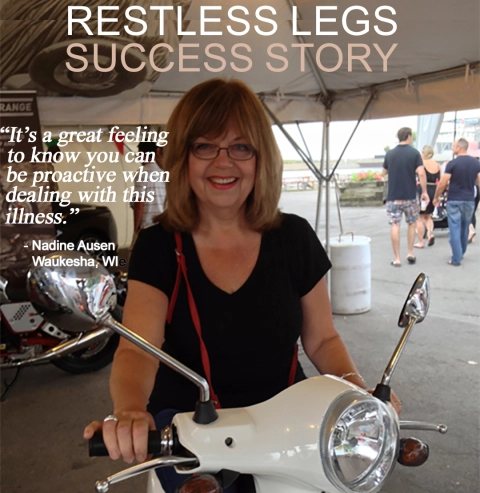


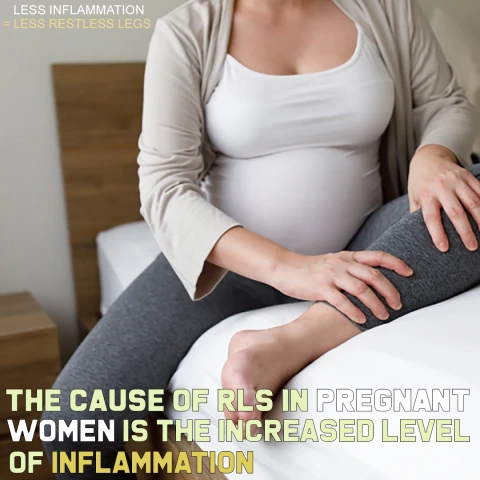
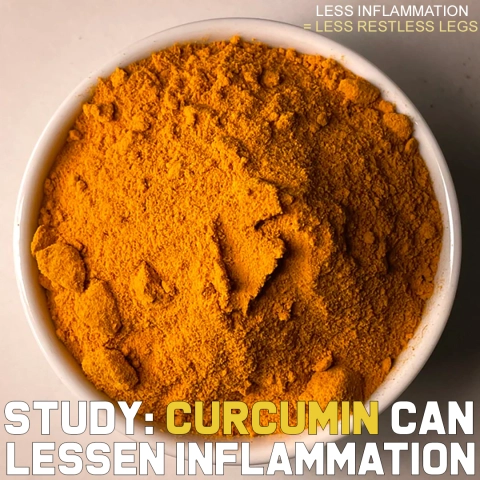
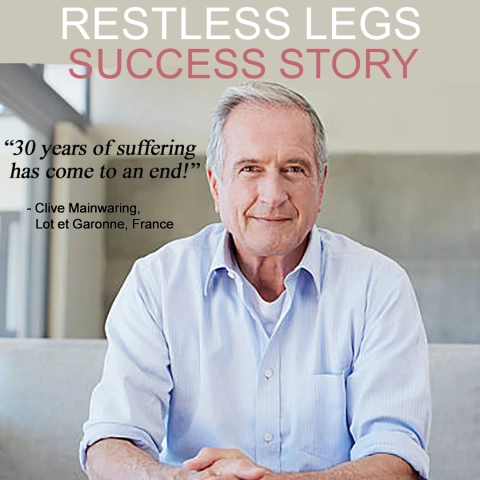
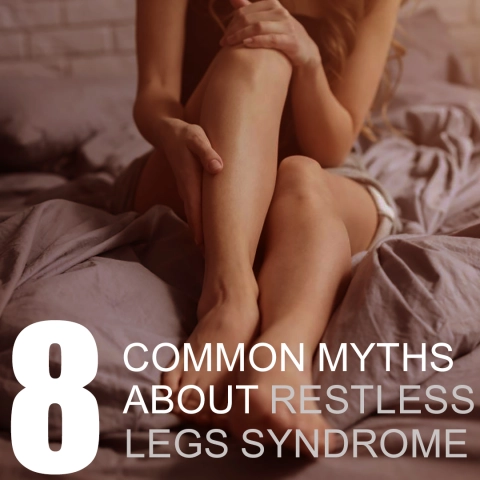
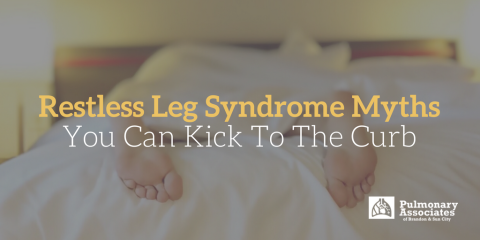
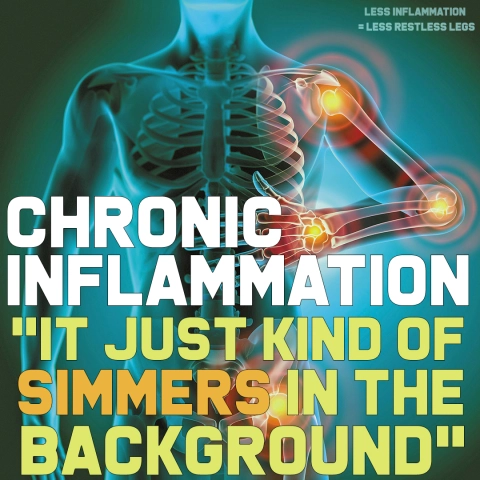
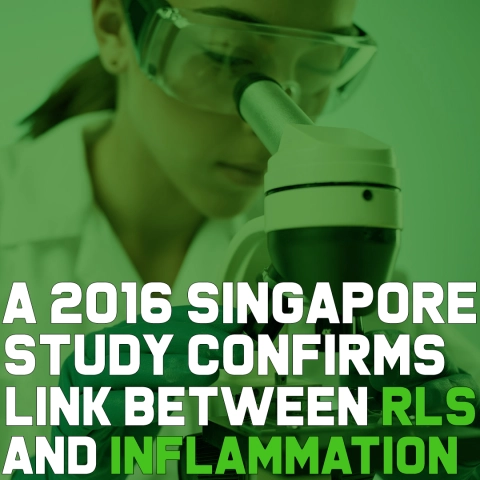


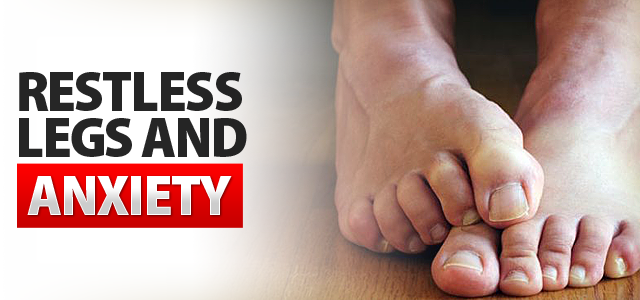 Multiple studies show that there is an undeniable bond between Restless Legs Syndrome and anxiety & panic disorders.
Multiple studies show that there is an undeniable bond between Restless Legs Syndrome and anxiety & panic disorders.
 CORRELATION OF ANXIETY AND DEPRESSION SYMPTOMS IN PATIENTS WITH RESTLESS LEGS SYNDROME: A POPULATION BASED SURVEY
CORRELATION OF ANXIETY AND DEPRESSION SYMPTOMS IN PATIENTS WITH RESTLESS LEGS SYNDROME: A POPULATION BASED SURVEY
 than in patients without RLS symptoms (54.3% in anxiety patients with RLS symptoms vs 23.8% in anxiety patients without RLS symptoms).”
than in patients without RLS symptoms (54.3% in anxiety patients with RLS symptoms vs 23.8% in anxiety patients without RLS symptoms).” “Compared with non-RLS controls, patients with RLS are 5 times more likely to experience panic attacks or have comorbid panic disorder or generalized anxiety disorder.”
“Compared with non-RLS controls, patients with RLS are 5 times more likely to experience panic attacks or have comorbid panic disorder or generalized anxiety disorder.”
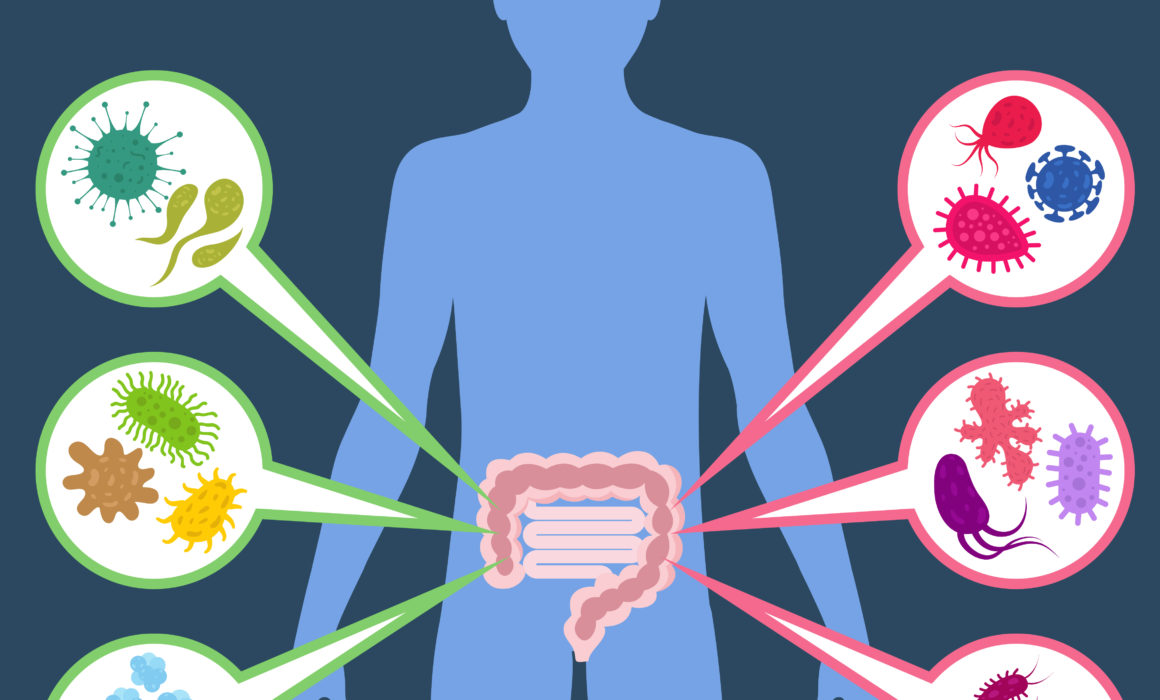
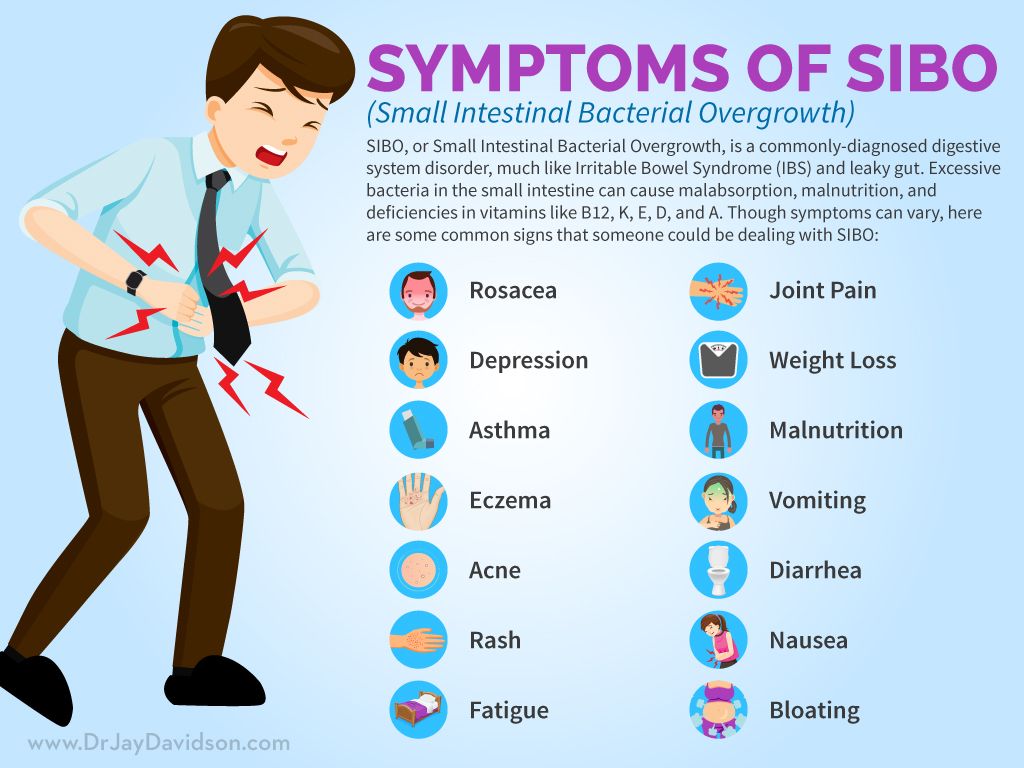 SIBO is a condition in which rare gut-residing bacteria are over-represented in the gut. RLS is a sensorimotor disorder characterized by a complaint of a strong, nearly irresistible urge to move the limbs that is often accompanied by other uncomfortable sensations. These symptoms begin or worsen during periods of rest or inactivity such as lying down or sitting, are partially or totally relieved by movement such as walking or stretching, and occur exclusively or predominantly in the evening or at night.
SIBO is a condition in which rare gut-residing bacteria are over-represented in the gut. RLS is a sensorimotor disorder characterized by a complaint of a strong, nearly irresistible urge to move the limbs that is often accompanied by other uncomfortable sensations. These symptoms begin or worsen during periods of rest or inactivity such as lying down or sitting, are partially or totally relieved by movement such as walking or stretching, and occur exclusively or predominantly in the evening or at night.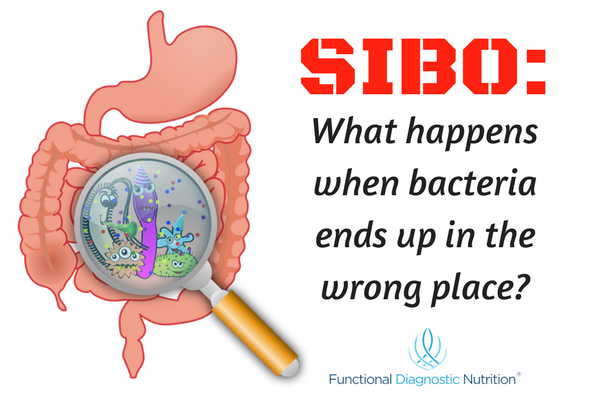 mptoms and took home a fecal collection kit and a SIBO breath test kit. Fecal samples were examined by the University of Minnesota Genomics Center, and SIBO breath samples were evaluated by Aerodiagnostics for hydrogen and methane abnormalities.
mptoms and took home a fecal collection kit and a SIBO breath test kit. Fecal samples were examined by the University of Minnesota Genomics Center, and SIBO breath samples were evaluated by Aerodiagnostics for hydrogen and methane abnormalities.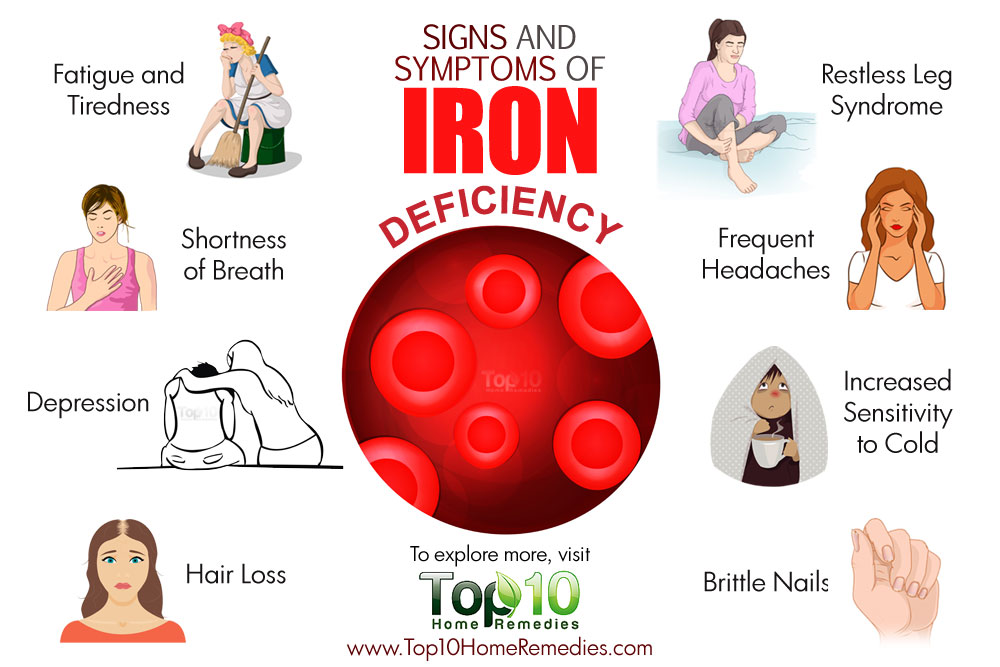 Role of Iron in RLS
Role of Iron in RLS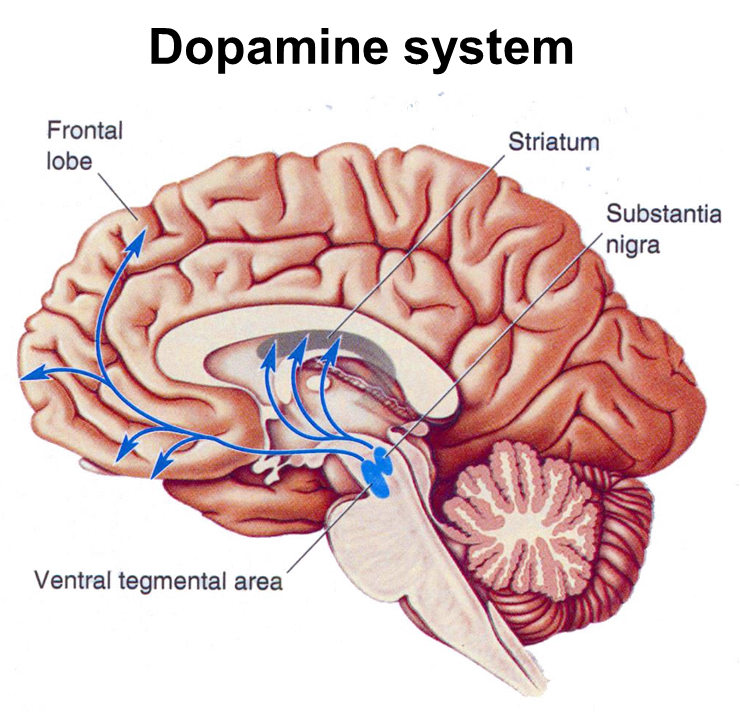 patients who poshumously donate their brains for study. Studies on these tissues have shown markedly diminished iron and iron storage protein in the substantia nigra, consistent with iron insufficiency in the dopamine cells. Overall the studies support the concept of iron dysregulation in brains of patients with RLS, particularly in dopamine-producing cells.
patients who poshumously donate their brains for study. Studies on these tissues have shown markedly diminished iron and iron storage protein in the substantia nigra, consistent with iron insufficiency in the dopamine cells. Overall the studies support the concept of iron dysregulation in brains of patients with RLS, particularly in dopamine-producing cells.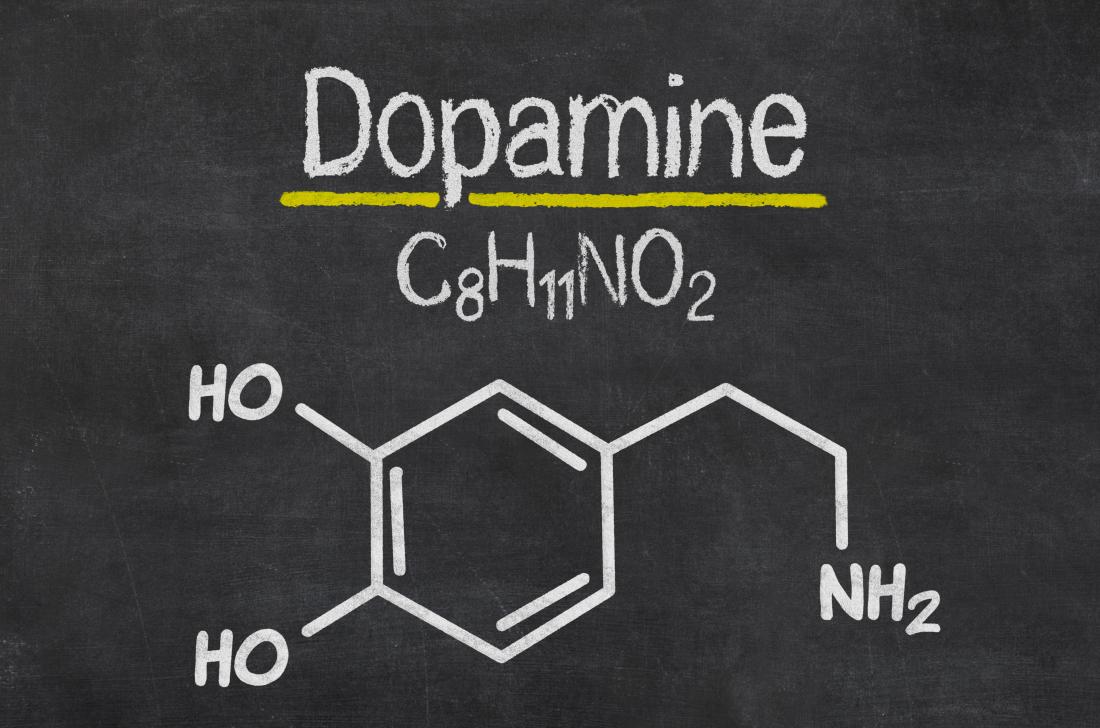 Although cerebrospinal fluid is a crude method for assessing the dopamine system in the brain, data from CSF indicated possible increase in brain dopamine production. Imaging studies using special radioactive chemicals have found reduced receptor and transporter function in the brain of more severely affected RLS patients.
Although cerebrospinal fluid is a crude method for assessing the dopamine system in the brain, data from CSF indicated possible increase in brain dopamine production. Imaging studies using special radioactive chemicals have found reduced receptor and transporter function in the brain of more severely affected RLS patients.